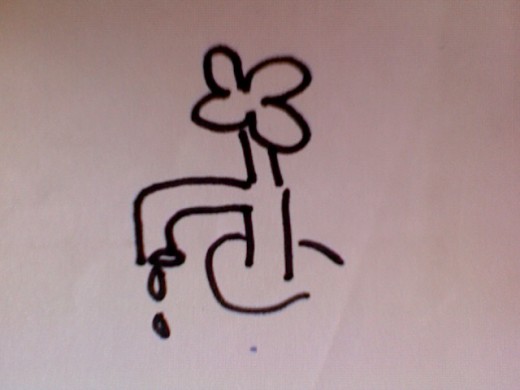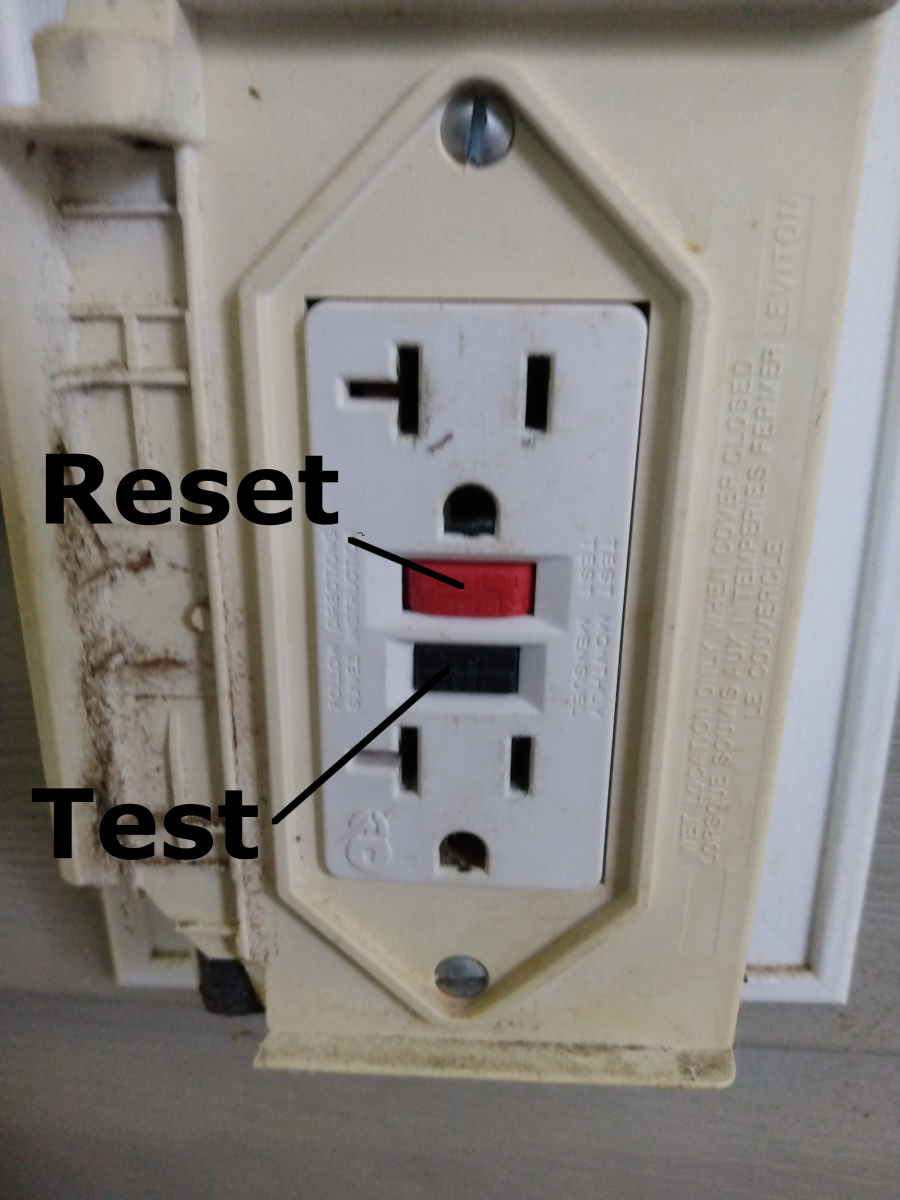The three biggest mistakes in Do It Yourself plumbing
Fitting a kitchen sink, fixing a leaking sink and how not to use silicone mastic
This list of DIY plumbing mistakes is not compiled with any degree of expert knowledge, quite the reverse if anything. They say you learn from your mistakes and there is no harder school than do-it -yourself plumbing. The following constitutes my own personal plumbing comedy of errors.
DIY Plumbing MIstakes

Potential problems fitting a kitchen sink unit
This is a story from the Laurel and Hardy academy of slap stick plumbing excellence. When I was still living at home with the folks I decided to fit a new kitchen sink unit as a gesture of usefulness and in lieu of making a proper fiscal contribution to the household. My friend Laurie kindly offered to help me and as I was in Plumbing 101 and he was a veteran of several tap washer changes.
Everything was going well, mains water switched off, the old sink unit disconnected, new pipework installed. We used plastic push fit piping as the man in the hardware shop convinced us that even an idiot could plumb with it. What comes below idiot I'm not sure, but when I turned the water back on I quickly realised that I hadn't so much as installed a new kitchen sink as replica Trevi fountain. I shoved a bucket under the leak which filled as fast as the Titanic. Quick thinking Laurie turned the mains off sharpish. “Well done mate”, I said from my prone position under the new sink, “I'd be in big trouble if the old lady came back to a flood. Can you empty this bucket for me?” I handed the full bucket up to him which he promptly emptied into the old disconnected sink unit, which poured out onto the floor and all over me... another fine mess!
Sealing sink drainers or plug holes with silicon mastic.
Continuing on the kitchen sink thread. I recently fitted a new kitchen for my partner Andrea. I hadn't told her the above story beforehand. I thought that with thirty years on from the last kitchen debacle I would have learnt my lesson. And so it seemed. We laid a new laminate floor over the old tiles, put the new units in, connected everything up, everything was perfect.
One year on there is a bit of a drip in the cupboard under the sink. I gave all the joints in the waste trap a tighten and checked the tap seatings: all okay. Still a drip, so I fill the sink up to the overflow and lo and behold the drip appears. I think I've got it now and tighten the overflow and feel the joint for wetness – all dry.
Two weeks later I'm up at 4:30am on a Sunday morning to go to a car boot sale. I go in the basement to get my stuff and water is dripping through the ceiling from the kitchen above! So it's out with the trusty bucket under the sink which is gushing water when I run the tap into the bowl. Close inspection shows the water is now coming from the plug hole itself. The tightening screw in the plug hole fitting is loose and water is running under the sealing flange like Niagra. It was the one thing I hadn't tightened up!
Two lessons here. After a period of expansion and contraction from exposure to hot and cold, screw fittings you thought were secure can gradually loosen up. The other is don't rely on the thin washer that comes with the sink drain hole fitting. Use kitchen and bathroom silicone mastic as a belt and braces. Which leads me to...
Problems with Silicone Mastic Kitchen and Bathroom Sealer
There is a little known law of physics which states that silicone mastic is the stickiest substance in the universe and can be transferred to every object within reach at the speed of light. I'm sure there is a maths formula in there somewhere. Silicone mastic is also as unpredictable as a pre-menstrual woman and twice as difficult to get off your hands. Always approach a tube of mastic as if it is an unexploded grenade. Don rubber/latex gloves, safety goggles, old clothes and have to-hand a full roll of paper kitchen towel, several old rags and a large bottle of White Spirit or Turpentine. If it is a new tube of mastic be prepared for it to explode from the nozzle as soon as you cut the end off. If it is the sly cunning type of mastic it will slowly but steadily ooze from the newly opened nozzle like lava from an active volcano. Equally unstoppable and devastating.
By now the mastic will be on the blade of the craft knife you cut the end of the nozzle with. While you wipe the blade with handy kitchen roll the mastic has continued to ooze and is building it's own Mr Whippy ice cream cone of white stickiness on the kitchen worktop. As you turn to wipe the cone of shame, you knock the piece of towel you used to clean the blade on to the floor and in your panic to get the mastic off the work top before your partner sees it, or worse, a teenager video's it on their phone and uploads it to Facebook before you can say mastic madness. Distracted on all fronts, you step on the paper towel which not only sticks it to you trainers forever, but leaves a small dob of mastic everywhere you walk on the newly laid flooring.
If you are reusing an old tube of mastic and are stubbornly refusing to be beaten by an inert, uncaring white substance, a different problem confronts the wary workman. You gingerly prize the stuck-on top off the tube with a pair of pliers, tissue in hand, like a bomb disposal expert... and nothing happens. You look down the end of the nozzle like it's a loaded 12 gauge and see a hard white bullet of solidified mastic. All is not lost. An old nail or screw shoved into the end and wiggled enthusiastically like a student nurse catheterising an elderly patient will free the blockage. This is when the problems start – see previous paragraph.
Having got eventually to the point where the mastic can be applied to the plug hole joint, beware not to let your enthusiasm get the better of you. As you may have gathered a little mastic goes a long way! You want a bead big enough to seal the joint but not so big that it oozes from the joint like a ruptured cream cake when you tighten the fixing screw. Which you will then have to wipe with the paper towel, which you will then leave in handy reach for the dog to pinch and take around the rest of the house, ripping it into sticky snowflakes which will adhere determinedly to every item of value in the household and leave the dog with a white beard of mastic tissue forevermore.

Plumbing 101 - you know you need it.
Beware, no matter how many tissues, paper towels, cloths, rags or gloves you may have, the temptation to run your finger round the joint to get that last bit smooth is almost overwhelming. You only realise your mistake when you bend to stroke the cat, who also mistakenly believes that sink mending could be a food preparation ritual, and comes away from the experience with a bald patch where your partner had to lovingly cut him away from your hand with the kitchen scissors. The end result is a forever distrustful moggy and having to explain to your mates down at the pub why the palm of your hand is covered with ginger fur. But on the plus side you may have a sink which doesn't leak.
How the professionals fit a sink strainer without the dreaded mastic
The secret to successful DIY plumbing
Okay I'm a little scarred by my DIY plumbing experiences. But if experience has taught me anything when in comes to plumbing the best tip I can give you is ... get a man in! Let the professionals do it. They know their job and it might cost you more in the short term but in the long run you will save money with reduced insurance premiums, and ceilings and floors that don't have to be replaced. Perhaps I'm advocating the further erosion of a man's place in the home but don't worry guy's, as long as there are bottle tops and jam jar lids that need opening we still have a role!








